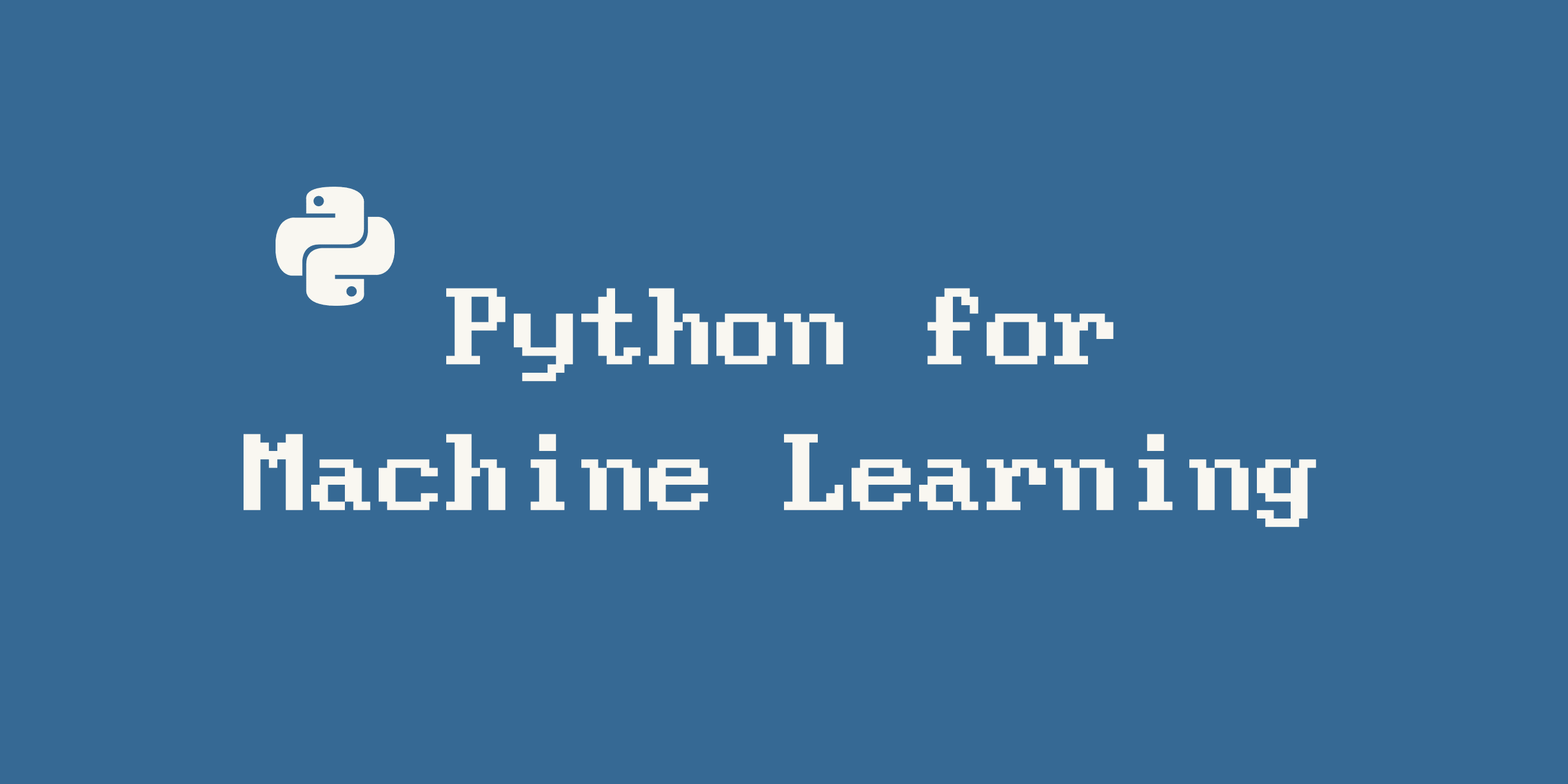
Data Cleansing :: Categorical Data
이산형 데이터를 어떻게 처리할까?
One-Hot Encoding
Data Type
import pandas as pd
import numpy as npedges = pd.DataFrame({'source': [0, 1, 2],
'target': [2, 2, 3],
'weight': [3, 4, 5],
'color': ['red', 'blue', 'blue']})
edges| source | target | weight | color | |
|---|---|---|---|---|
| 0 | 0 | 2 | 3 | red |
| 1 | 1 | 2 | 4 | blue |
| 2 | 2 | 3 | 5 | blue |
edges.dtypes source int64
target int64
weight int64
color object
dtype: object
edges["color"] 0 red
1 blue
2 blue
Name: color, dtype: object
One Hot Encoding
pd.get_dummies(edges)| source | target | weight | color_blue | color_red | |
|---|---|---|---|---|---|
| 0 | 0 | 2 | 3 | 0 | 1 |
| 1 | 1 | 2 | 4 | 1 | 0 |
| 2 | 2 | 3 | 5 | 1 | 0 |
pd.get_dummies(edges[["color"]])| color_blue | color_red | |
|---|---|---|
| 0 | 0 | 1 |
| 1 | 1 | 0 |
| 2 | 1 | 0 |
weight_dict = {3:"M", 4:"L", 5:"XL"}
edges["weight_sign"] = edges["weight"].map(weight_dict)
edges| source | target | weight | color | weight_sign | |
|---|---|---|---|---|---|
| 0 | 0 | 2 | 3 | red | M |
| 1 | 1 | 2 | 4 | blue | L |
| 2 | 2 | 3 | 5 | blue | XL |
weight_sign = pd.get_dummies(edges["weight_sign"])
weight_sign| L | M | XL | |
|---|---|---|---|
| 0 | 0 | 1 | 0 |
| 1 | 1 | 0 | 0 |
| 2 | 0 | 0 | 1 |
pd.concat([edges, weight_sign], axis=1)| source | target | weight | color | weight_sign | L | M | XL | |
|---|---|---|---|---|---|---|---|---|
| 0 | 0 | 2 | 3 | red | M | 0 | 1 | 0 |
| 1 | 1 | 2 | 4 | blue | L | 1 | 0 | 0 |
| 2 | 2 | 3 | 5 | blue | XL | 0 | 0 | 1 |
pd.get_dummies(edges).values array([[0, 2, 3, 0, 1, 0, 1, 0],
[1, 2, 4, 1, 0, 1, 0, 0],
[2, 3, 5, 1, 0, 0, 0, 1]], dtype=int64)
Data Binning :: 데이터의 구간을 나눠보자
# Example from - https://chrisalbon.com/python/pandas_binning_data.html
raw_data = {'regiment': ['Nighthawks', 'Nighthawks', 'Nighthawks', 'Nighthawks', 'Dragoons', 'Dragoons', 'Dragoons', 'Dragoons', 'Scouts', 'Scouts', 'Scouts', 'Scouts'],
'company': ['1st', '1st', '2nd', '2nd', '1st', '1st', '2nd', '2nd','1st', '1st', '2nd', '2nd'],
'name': ['Miller', 'Jacobson', 'Ali', 'Milner', 'Cooze', 'Jacon', 'Ryaner', 'Sone', 'Sloan', 'Piger', 'Riani', 'Ali'],
'preTestScore': [4, 24, 31, 2, 3, 4, 24, 31, 2, 3, 2, 3],
'postTestScore': [25, 94, 57, 62, 70, 25, 94, 57, 62, 70, 62, 70]}
df = pd.DataFrame(raw_data, columns = ['regiment', 'company', 'name', 'preTestScore', 'postTestScore'])
df| regiment | company | name | preTestScore | postTestScore | |
|---|---|---|---|---|---|
| 0 | Nighthawks | 1st | Miller | 4 | 25 |
| 1 | Nighthawks | 1st | Jacobson | 24 | 94 |
| 2 | Nighthawks | 2nd | Ali | 31 | 57 |
| 3 | Nighthawks | 2nd | Milner | 2 | 62 |
| 4 | Dragoons | 1st | Cooze | 3 | 70 |
| 5 | Dragoons | 1st | Jacon | 4 | 25 |
| 6 | Dragoons | 2nd | Ryaner | 24 | 94 |
| 7 | Dragoons | 2nd | Sone | 31 | 57 |
| 8 | Scouts | 1st | Sloan | 2 | 62 |
| 9 | Scouts | 1st | Piger | 3 | 70 |
| 10 | Scouts | 2nd | Riani | 2 | 62 |
| 11 | Scouts | 2nd | Ali | 3 | 70 |
bins = [0, 25, 50, 75, 100] # Define bins as 0 to 25, 25 to 50, 60 to 75, 75 to 100
group_names = ['Low', 'Okay', 'Good', 'Great'] #구간명
categories = pd.cut(df['postTestScore'], bins, labels=group_names) #cut후 categories에 할당
categories 0 Low
1 Great
2 Good
3 Good
4 Good
5 Low
6 Great
7 Good
8 Good
9 Good
10 Good
11 Good
Name: postTestScore, dtype: category
Categories (4, object): ['Low' < 'Okay' < 'Good' < 'Great']
df['categories'] = pd.cut(df['postTestScore'], bins, labels=group_names)
pd.value_counts(df['categories']) #기존 dataframe에 할당 Good 8
Great 2
Low 2
Okay 0
Name: categories, dtype: int64
df| regiment | company | name | preTestScore | postTestScore | categories | |
|---|---|---|---|---|---|---|
| 0 | Nighthawks | 1st | Miller | 4 | 25 | Low |
| 1 | Nighthawks | 1st | Jacobson | 24 | 94 | Great |
| 2 | Nighthawks | 2nd | Ali | 31 | 57 | Good |
| 3 | Nighthawks | 2nd | Milner | 2 | 62 | Good |
| 4 | Dragoons | 1st | Cooze | 3 | 70 | Good |
| 5 | Dragoons | 1st | Jacon | 4 | 25 | Low |
| 6 | Dragoons | 2nd | Ryaner | 24 | 94 | Great |
| 7 | Dragoons | 2nd | Sone | 31 | 57 | Good |
| 8 | Scouts | 1st | Sloan | 2 | 62 | Good |
| 9 | Scouts | 1st | Piger | 3 | 70 | Good |
| 10 | Scouts | 2nd | Riani | 2 | 62 | Good |
| 11 | Scouts | 2nd | Ali | 3 | 70 | Good |
pd.get_dummies(df)| preTestScore | postTestScore | regiment_Dragoons | regiment_Nighthawks | regiment_Scouts | company_1st | company_2nd | name_Ali | name_Cooze | name_Jacobson | ... | name_Milner | name_Piger | name_Riani | name_Ryaner | name_Sloan | name_Sone | categories_Low | categories_Okay | categories_Good | categories_Great | |
|---|---|---|---|---|---|---|---|---|---|---|---|---|---|---|---|---|---|---|---|---|---|
| 0 | 4 | 25 | 0 | 1 | 0 | 1 | 0 | 0 | 0 | 0 | ... | 0 | 0 | 0 | 0 | 0 | 0 | 1 | 0 | 0 | 0 |
| 1 | 24 | 94 | 0 | 1 | 0 | 1 | 0 | 0 | 0 | 1 | ... | 0 | 0 | 0 | 0 | 0 | 0 | 0 | 0 | 0 | 1 |
| 2 | 31 | 57 | 0 | 1 | 0 | 0 | 1 | 1 | 0 | 0 | ... | 0 | 0 | 0 | 0 | 0 | 0 | 0 | 0 | 1 | 0 |
| 3 | 2 | 62 | 0 | 1 | 0 | 0 | 1 | 0 | 0 | 0 | ... | 1 | 0 | 0 | 0 | 0 | 0 | 0 | 0 | 1 | 0 |
| 4 | 3 | 70 | 1 | 0 | 0 | 1 | 0 | 0 | 1 | 0 | ... | 0 | 0 | 0 | 0 | 0 | 0 | 0 | 0 | 1 | 0 |
| 5 | 4 | 25 | 1 | 0 | 0 | 1 | 0 | 0 | 0 | 0 | ... | 0 | 0 | 0 | 0 | 0 | 0 | 1 | 0 | 0 | 0 |
| 6 | 24 | 94 | 1 | 0 | 0 | 0 | 1 | 0 | 0 | 0 | ... | 0 | 0 | 0 | 1 | 0 | 0 | 0 | 0 | 0 | 1 |
| 7 | 31 | 57 | 1 | 0 | 0 | 0 | 1 | 0 | 0 | 0 | ... | 0 | 0 | 0 | 0 | 0 | 1 | 0 | 0 | 1 | 0 |
| 8 | 2 | 62 | 0 | 0 | 1 | 1 | 0 | 0 | 0 | 0 | ... | 0 | 0 | 0 | 0 | 1 | 0 | 0 | 0 | 1 | 0 |
| 9 | 3 | 70 | 0 | 0 | 1 | 1 | 0 | 0 | 0 | 0 | ... | 0 | 1 | 0 | 0 | 0 | 0 | 0 | 0 | 1 | 0 |
| 10 | 2 | 62 | 0 | 0 | 1 | 0 | 1 | 0 | 0 | 0 | ... | 0 | 0 | 1 | 0 | 0 | 0 | 0 | 0 | 1 | 0 |
| 11 | 3 | 70 | 0 | 0 | 1 | 0 | 1 | 1 | 0 | 0 | ... | 0 | 0 | 0 | 0 | 0 | 0 | 0 | 0 | 1 | 0 |
12 rows × 22 columns
using scikit-learn preprocessing
Label encoding by sklearn
- scikit-learn의 preprocessing 패키지도 label, one-hot 지원
raw_example = df.values
raw_example[:3] array([['Nighthawks', '1st', 'Miller', 4, 25, 'Low'],
['Nighthawks', '1st', 'Jacobson', 24, 94, 'Great'],
['Nighthawks', '2nd', 'Ali', 31, 57, 'Good']], dtype=object)
data = raw_example.copy()from sklearn import preprocessing
le = preprocessing.LabelEncoder() #Encoder 생성raw_example[:,0] array(['Nighthawks', 'Nighthawks', 'Nighthawks', 'Nighthawks', 'Dragoons',
'Dragoons', 'Dragoons', 'Dragoons', 'Scouts', 'Scouts', 'Scouts',
'Scouts'], dtype=object)
le.fit(raw_example[:,0]) #data에 맞게 encoding fittingLabelEncoder()
le.transform(raw_example[:,0]) #실제 데이터 -> labelling dataarray([1, 1, 1, 1, 0, 0, 0, 0, 2, 2, 2, 2])
data[:,0] = le.transform(raw_example[:,0])
data[:3] array([[1, '1st', 'Miller', 4, 25, 'Low'],
[1, '1st', 'Jacobson', 24, 94, 'Great'],
[1, '2nd', 'Ali', 31, 57, 'Good']], dtype=object)
※ Label encoder의 fit과 transform의 과정이 나눠진 이유
- 새로운 데이터 입력시, 기존 labelling 규칙을 그대로 적용할 필요가 있음
- fit은 규칙을 생성하는 과정
- transform은 규칙을 적용하는 과정
- fit을 통해 규칙이 생성된 라벨인코더는 따로 저장하여 새로운 데이터를 입력할 경우 사용할 수 있음
- 인코더들을 실제 시스템에 사용할 경우 pickle화 필요
label_column = [0,1,2,5]
label_enconder_list = []
for column_index in label_column:
le = preprocessing.LabelEncoder()
le.fit(raw_example[:,column_index])
data[:,column_index] = le.transform(raw_example[:,column_index])
label_enconder_list.append(le) #기존 라벨인코더를 따로 저장
del le
data[:3] array([[1, 0, 4, 4, 25, 2],
[1, 0, 2, 24, 94, 1],
[1, 1, 0, 31, 57, 0]], dtype=object)
#저장된 le로 새로운 데이터에 적용
label_enconder_list[0].transform(raw_example[:10,0])array([1, 1, 1, 1, 0, 0, 0, 0, 2, 2])
One-hot encoding by sklearn
- numeric labelling이 완료된 데이터에 one-hot 적용
- data는 1차원으로 변환하여 넣어줄 것을 권장
one_hot_enc = preprocessing.OneHotEncoder()
data[:,0].reshape(-1,1) array([[1],
[1],
[1],
[1],
[0],
[0],
[0],
[0],
[2],
[2],
[2],
[2]], dtype=object)
#1-dim 변환하여 fit
one_hot_enc.fit(data[:,0].reshape(-1,1))OneHotEncoder()
onehotlabels = one_hot_enc.transform(data[:,0].reshape(-1,1)).toarray()
onehotlabels array([[0., 1., 0.],
[0., 1., 0.],
[0., 1., 0.],
[0., 1., 0.],
[1., 0., 0.],
[1., 0., 0.],
[1., 0., 0.],
[1., 0., 0.],
[0., 0., 1.],
[0., 0., 1.],
[0., 0., 1.],
[0., 0., 1.]])


